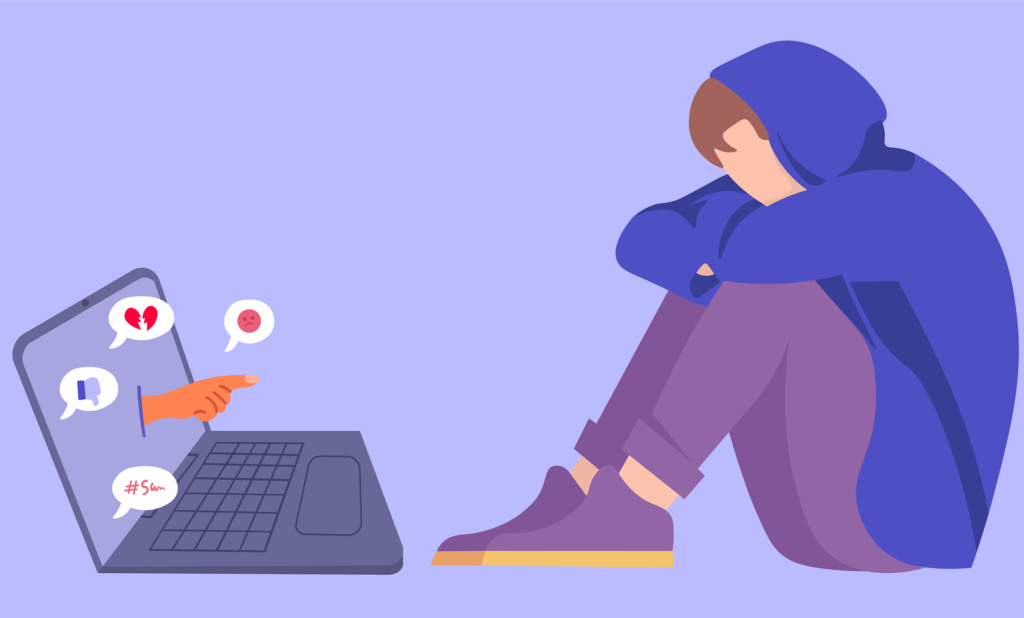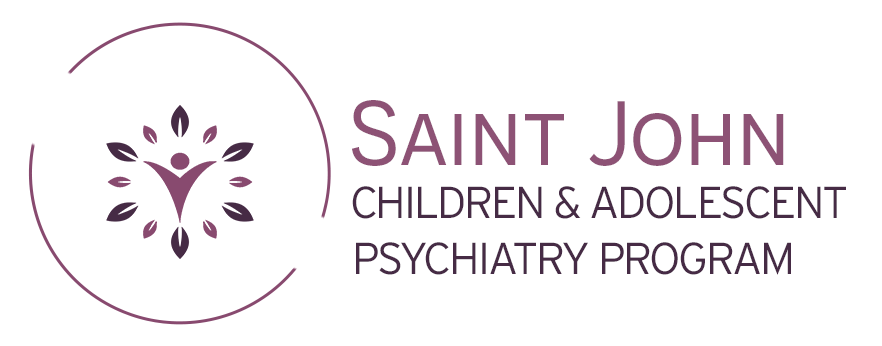In Canada, 30 % of adolescents have experienced bullying. 50% of parents report that their child has experience bullying.

What is bullying?
A repetitive pattern of the use of force, coercion, hurtful teasing, intimidation etc. with hostile intent. It happens when someone is hurt or scared on purpose by another person. The bully usually appears to be in a more powerful position; socially or physically. There are different types of bullying:
- Verbal: name calling, spreading rumors, threats and negative comments about culture, race, religion or gender.
- Physical: Punching, shoving, pinching, destroying belongings.
- Social: excluding from a group, encouraging people to gang up on others, humiliating gestures.
- Cyber bullying: posts on the internet or text messages to intimidate, put down or make fun of others.
Bullying can lead to negative effects on a person’s mental health. People who are bullied can feel lonely, sad, worried and unsafe. It can also lead to low self-esteem. It has been noted to increase the risk of developing anxiety or depression. Some people who have been bullied have had thoughts of death and considered ending their life. Getting away with bullying can lead to more serious antisocial behavior such as aggression towards peers, substance use and criminal behavior in later life.
Some warning signs that your child is being bullied include:
- Unexplained physical injury such as bruises.
- Withdrawal from friends and family life.
- School avoidance.
- Nightmares and other sleep difficulties.
- Deterioration in school performance.
Signs your child may display bullying behavior
- Easily frustrated.
- Getting into trouble at school.
- Overly focused on being popular and liked by peers.
- Exposure to violence at home.
- Friends that are aggressive or have other behavior difficulties.
Helpful tips for those experiencing bullying
- Tell someone.
- Walk away from confrontation.
- Stay in groups.
Bystanders
People who witness or know about bullying behavior happening to someone else. They may also be affected by bullying as they may have a fear of it happening to them. Doing nothing about bullying allows it to continue.
Bystanders can get help for a bullying victim, tell a teacher or tell the bully to “stop”. They can become friends with the victim and support them.
We all have a role to play to put an end to bullying in our schools and communities. Every little bit counts. Together we can say “No” to bullying.
Dr Tolulope.
